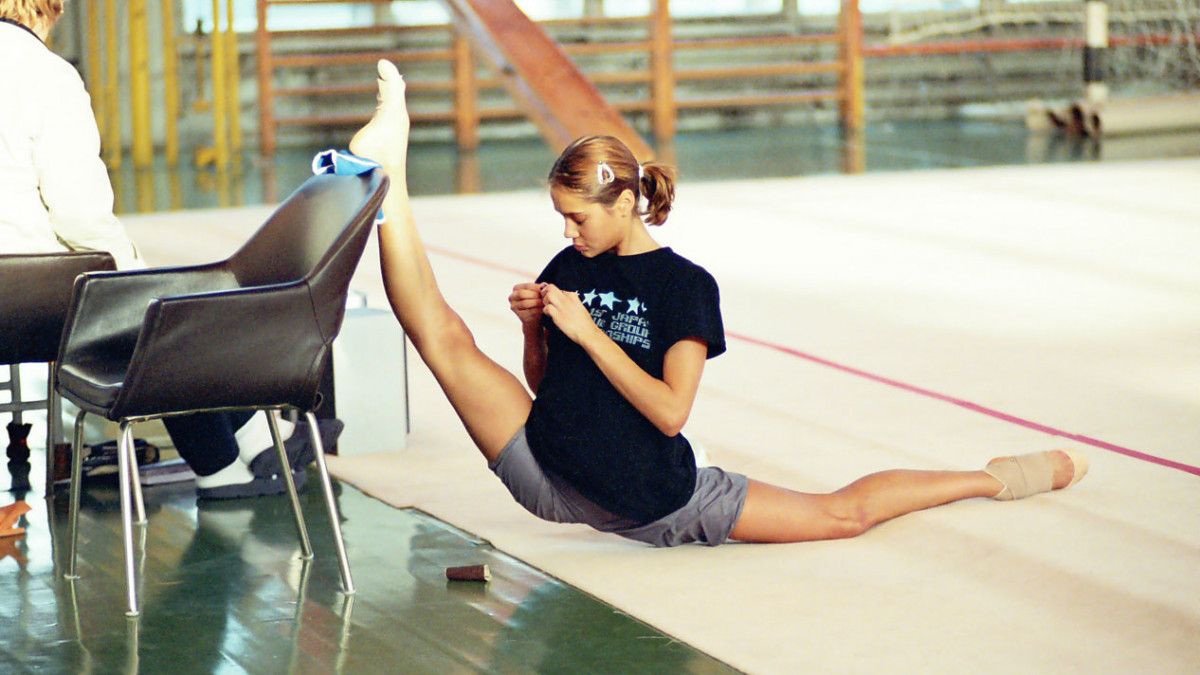Dangers of Overstretching

Just because it looks cool, does not mean it is safe for your individual body.
I’m sure you’ve seen those pictures on the internet that make your jaw drop. The ones of dancers, gymnasts, or circus artists in extreme stretches or positions. Although these are very impressive, that doesn’t mean they are safe for everyone and it is particularly important to take into account that some methods of achieving this extreme mobility can have consequences, particularly for adolescent dancers.
First off, let me explain the difference between flexibility and mobility:
- Flexibility: the ability of soft tissue, such as muscles, to temporarily elongate
- Mobility: the ability to move a joint through a range of motion
I am mainly going to discuss mobility here, but keep in mind that flexibility can affect mobility.
Extreme mobility is not always a bad thing, but the methods to achieve it need to be done safely or it could result in permanent damage to the joints, tendons, and ligaments. I see many dancers overstretching to achieve this extreme mobility. It makes me cringe to see them forcing their bodies into these positions, particularly at such young ages. Overstretching is when a joint is taken past its normal physiological range. Oftentimes, this means the ligaments (which connect bone to bone) are getting stretched to a point where they no longer support the joint as well as they need to and contributes to hypermobility of that joint. However, damage can occur to the tissues surrounding a joint when this is done. When the ligaments are not supporting the joint, then the bones are more likely to rub or glide in ways that are not normal, which can be painful.
When it comes to the hip joints, pushing into oversplits (seen above*) or doing an oversplit leg mount can cause damage to the labrum, which is the cartilage in the hip socket, and even the growth plates. The pelvis has several areas of growth plates that are not completely fused until puberty (11-14 for females and 14-17 for males typically). In young dancers, growth plates are less resilient to repetitive and forceful loading than ligaments and tendons. So when there is any kind of trauma to an area with a growth plate, that plate is more likely to be damaged before a ligament or tendon injury occurs. Young dancers that are overstretching risk damaging the growth plates of the hip socket and changing how it would normally be shaped. This can cause long term consequences and curtail their dance careers.
When an oversplit leg mount is done repeatedly, rapidly, and uncontrolled there are other structures that risk getting injured besides the labrum. There is a risk of overstretching or even tearing a ligament inside the hip socket that connects the head of the femur (the thigh bone) to the socket. There is also a blood vessel in this area that brings nutrients to the head of the femur. This vessel can get ruptured with repeated rapid movements into extreme ranges. Typically if either of these are torn, surgeons do not reattach them because of how difficult they are to access.
Extreme mobility needs A LOT of strength to control the extra range of motion of a joint. Otherwise, there is risk of continued damage if that joint is continually placed into an extreme range without control. There are ways to safely increase mobility while also building strength into that new range. This is where it can be helpful to work with a dance medicine specialist that understands the unique demands of being a dancer and how to develop strength and mobility safely. This will ensure dancers have longer and healthier careers.
Bottom line:
1) Extreme mobility is not a bad thing when you have the strength to control it.
2) It is important to use safe methods of achieving extreme mobility so avoid permanent damage.
* picture courtesy of Mollerjakim
I have read and agree to the terms & conditions. We will not spam you.
 Dr. Chelsea Moehlenbrock
Dr. Chelsea Moehlenbrock 